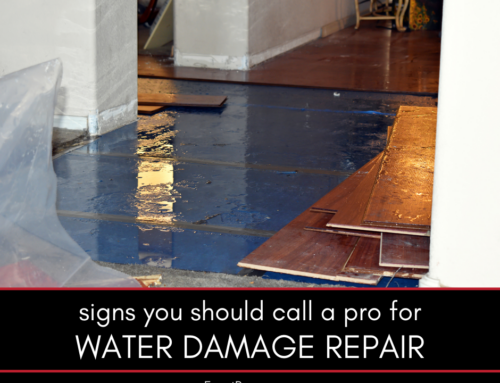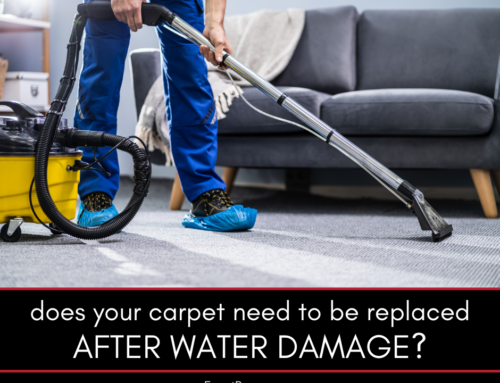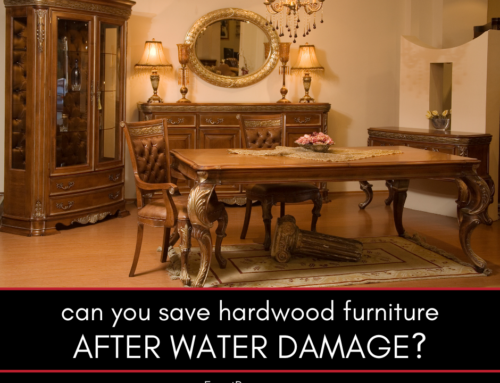Rebuilding your home after a disaster is an opportunity to make environmentally conscious choices that benefit both your family and the planet. By choosing sustainable materials, you can reduce your ecological footprint while ensuring your home is durable and energy-efficient. This guide explores the key steps to selecting sustainable materials for post-disaster reconstruction.
How to Choose Sustainable Materials for Reconstructing Your Home After a Disaster
Rebuilding sustainably involves thoughtful planning and material selection. This guide covers the following:
- Understanding the benefits of sustainable building materials
- Prioritizing durability and environmental impact
- Exploring recycled and reclaimed materials
- Choosing energy-efficient options
- Partnering with professionals for eco-friendly construction
Here’s a closer look at each.
Understanding the Benefits of Sustainable Building Materials
Sustainable materials are designed to minimize environmental impact while maximizing durability and performance. Using eco-friendly materials can reduce your home’s carbon footprint, improve indoor air quality, and lower energy costs over time. These materials often come from renewable or recycled sources, making them a responsible choice for homeowners who want to rebuild with the future in mind.
For example, bamboo is a rapidly renewable resource that works well for flooring and cabinetry. Similarly, materials like cork, recycled steel, and reclaimed wood offer both aesthetic and functional benefits while reducing waste. By investing in sustainable materials, you contribute to environmental preservation and create a healthier living space for your family.
Prioritizing Durability and Environmental Impact
Durability is a key factor when selecting materials for post-disaster reconstruction. Sustainable materials should withstand natural disasters, wear and tear, and daily use. Opting for high-quality, long-lasting materials reduces the need for frequent repairs or replacements, which can save resources and money in the long run.
Consider the environmental impact of the materials you choose. Look for certifications such as Forest Stewardship Council (FSC) approval for wood products or Cradle to Cradle certification, which indicates that a product is designed for a circular economy. Materials with low embodied energy—the total energy required to produce and transport them—are ideal for reducing your carbon footprint.
Exploring Recycled and Reclaimed Materials
Incorporating recycled and reclaimed materials into your reconstruction project is an excellent way to reduce waste. Recycled materials, such as concrete, glass, and metal, can be repurposed into new construction products without sacrificing quality or strength. Reclaimed wood, salvaged from old buildings or furniture, adds character and charm to your home while preserving natural resources.
Many suppliers specialize in recycled building materials, offering options like composite decking made from recycled plastics or countertops crafted from reclaimed glass. Using these materials not only benefits the environment but can also give your home a unique, one-of-a-kind look.
Choosing Energy-Efficient Options
Energy efficiency goes hand-in-hand with sustainability. When selecting materials for your home, prioritize options that enhance insulation, reduce energy consumption, and improve overall efficiency. Examples include insulated concrete forms (ICFs), which provide superior thermal performance, and low-emissivity (low-E) windows that minimize heat loss.
Additionally, opt for roofing materials like metal or cool roofs that reflect sunlight and reduce cooling costs. Installing energy-efficient appliances, solar panels, and smart home systems can further enhance your home’s sustainability, reducing both utility bills and environmental impact.
Partnering With Professionals for Eco-Friendly Construction
Working with experienced professionals ensures your reconstruction project aligns with sustainable building practices. Experts like Exact Recon can help you choose eco-friendly materials, source high-quality products, and implement energy-efficient designs. Professional guidance simplifies the decision-making process and ensures your home meets both your sustainability goals and local building codes.
Contractors familiar with green building certifications, such as LEED (Leadership in Energy and Environmental Design), can help you achieve recognition for your eco-friendly efforts. Their expertise ensures that every aspect of your project is optimized for sustainability, from material selection to waste management.
FAQ About Sustainable Materials for Rebuilding
Check out these commonly asked questions about using sustainable materials for reconstruction. If you don’t see your question here, please call our office and we’ll find you the answers you need.
What Are the Most Eco-Friendly Materials for Rebuilding?
Eco-friendly materials include bamboo, cork, recycled steel, reclaimed wood, and low-VOC (volatile organic compound) paints. These options prioritize sustainability, durability, and safety.
Are Sustainable Materials More Expensive?
While some sustainable materials may have higher upfront costs, they often save money in the long term through energy efficiency, durability, and reduced maintenance needs.
How Can I Verify That Materials Are Sustainable?
Look for certifications such as FSC, Cradle to Cradle, or LEED compliance. These labels indicate that the materials meet rigorous environmental and sustainability standards.
Can I Use Recycled Materials Without Compromising Quality?
Yes, recycled materials are often just as strong and reliable as new materials. Products like recycled steel and composite decking are designed to perform well in construction applications.
How Do Sustainable Materials Impact Resale Value?
Homes built with sustainable materials often have higher resale values due to their energy efficiency, durability, and eco-friendly appeal. Buyers increasingly prioritize green features when purchasing homes.
Reconstructing your home after a disaster provides an opportunity to build sustainably, creating a home that’s better for both your family and the environment. By choosing eco-friendly materials and working with knowledgeable professionals, you can ensure your home is resilient, efficient, and beautiful for years to come.
Do You Need a Disaster Remediation Expert in Washtenaw County or Jackson County?
If your home has already been damaged, we can help. Check out our services and get a free disaster remediation quote today. We offer:
- Water damage restoration
- Fire damage restoration
- Mold removal and remediation
- Fire and smoke restoration
- Sewer cleanup and disinfecting
- Reconstruction
- Wind and storm damage repair









